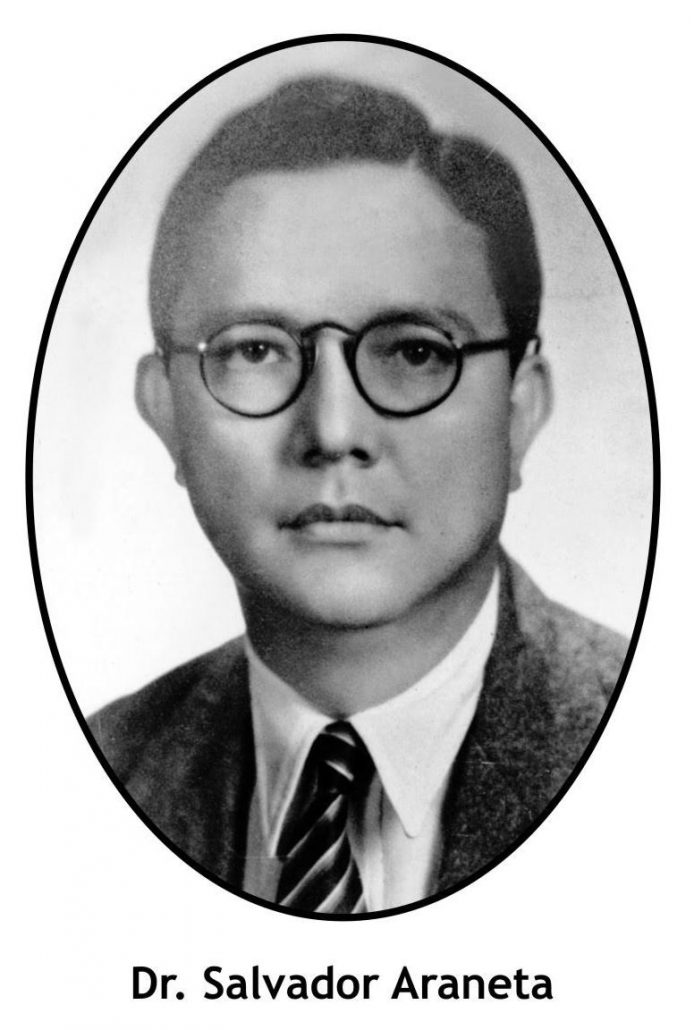 Our Prison System
Our Prison System
The Case tackled below is one of the first documented narratives of prison life in the 1950s.¹³ While the winds of fresh air from our surroundings give us relief from the sun, ward off toxic pollution, and clear our lungs, try this exercise for a few moments: remove your shoes and transport yourself to the reality of prison life at the New Bilibid Prison in 1958.
It took all of ten years before the decision of the Supreme Court was handed down on this case. Honorable Antonio Reyes wisely, like King Solomon would have done, went to do an ocular inspection of the New Bilibid Prison. Originally there were two cases but the two were combined as agreed upon by both parties. One case involved 45 prisoners, while the other case involved 46 prisoners. The combined case could have resulted with the death penalty being imposed on 14 inmates.
This is the narrative of Judge Reyes, “Upon entering the prison compound, the stench becomes overpowering. The smell of human flesh and perspiration from cells that house an overflow of guests—temporary, semi-temporary and permanent—is simply horrible. Six prison buildings that were supposed to house 5,000 inmates at its maximum capacity, packed more than 8,000 prisoners inside overcrowded cells.”
“Their beddings were not enough for everybody. If they sleep at all, they do so on cold, sometimes wet cement floors. The cells were converted into one big sleeping, eating, living area while others had to eat in the toilet and drainage rooms. Actually, there were those sleeping over one another. Each prisoner was allotted two or three pairs of clothing, the washing of these was at their own expense. Hardened criminals were mixed with light offenders. Because of extortion and other crimes, the weak were in no position to complain lest they be liquidated, and they were also overpowered by those with better physique. The guards also lived in fear of being liquidated.”
While the evidence “was compelling,” still the court could not in conscience, mete out the death penalty, taking into account the subhuman conditions existing in the cells. Imagine then, what it would have been like with terribly overcrowding of cells, starvation allowance of ten centavos per meal and this led to the ripe scenario for the formation of gangs like the OXO and the Sigue-Sigue. Animal-like riots occurred. Also, the lack of adequate facilities and lack of guards led to lack of discipline among the inmates.
Even Justice Reyes wrote “All these contributed to augment the growing feeling of the inmates that they are living in a world of outcasts where only the mighty and the strong survive, where hope of redemption is illusory and where life has been subjected to the law of the jungle or the law of the survival of the fittest.”
The verdict of death penalty could not be imposed and the government’s responsibility could not be ignored. The “Dante-esque conditions still exist as of the writing of this chapter in 2018. This is also the admonition for all of us which is still relevant today.”
Justice Reyes added, “Society must not close its eyes to the fact that if it has the right to exclude from its midst those who attack it, but it has no right at all to confine them under circumstances that strangles off all sense of decency, reduce convicts to the level of animals, and converts a prison term into prolonged torture and slow death.”
Article III, the Bill of Rights, Section 19, No. (2) of The Constitution of 1987 states that “The employment of physical, psychological, or degrading punishment against any prisoner or detainee or the use of substandard or inadequate facility under sub-human condition shall be dealt with by law.”
Article XVI, General Provisions, Section 3, of the 1987 Constitution declares that “the State may not be sued without its consent.”
However the doctrine that the state may not be sued without its consent is not absolute. This is not a blanket provision that covers every case.
In the eighties, a young matron 16 was doing prison ministry. From her firsthand account, she narrates the following: “The cells made for 50 prisoners, housed more than 150. It was here where the prisoners developed a new normal for sleeping—standing up. Even under low benches, there were people. They were so tightly packed, that they had sores on their bodies due to heat rash. The 1.5 liter Coke plastic bottles served as their urinals. The smell was indescribable. Our civic-minded young lady said that the prisoners did not even have their day in court and were already disenfranchised.”
On May 2, 2017, a letter was sent to Mayor Joseph Estrada because a secret cell was discovered hidden behind a book shelf in a Manila Police Precinct. If such a cell exists in Manila, why not in other parts of the country? However, nothing came out of it, not even an acknowledgment reply.
The recommendations to Mayor Estrada contained in that letters were: the segregation of those who are accused of violation of drug laws into rehabilitation centers; transfer of those who have not yet had their day in court to half-way houses; the acquisition of more land space for use of the police as their station with proper facilities that have adequate ventilation for detainees, and with clean and properly functioning toilets; and the installation of CCTV in strategic areas in police precincts so that the actions of both police and detainees are properly recorded. Since the start of tokhang, 55 people have died in Manila Police Precinct.
Mayor Estrada may not be the head of the PNP but rampant violations of the Constitution should not exist in his territory. Take note that under the Constitution, secret cells are forbidden. (To be continued/PN)

